Grounding_in_a_Control_Panel.pdf
Transcript:
[0m:4s] Hi I'm Josh Bloom, welcome to another video in the RSP Supply education series. If you find that these videos are helpful to you, it certainly helps us out if you could give us a big thumbs up and subscribe to our channel.
[0m:16s] In today's video, we are going to talk more about wiring in a control panel.
[0m:20s] More specifically, we are going to talk about the most important areas within the panel that need to be grounded and where they should be grounded too.
[0m:30s] If you have not already seen some of our other videos in which we talk about wiring in control panels, we will link those videos in the description below so that you might better understand some of the concepts that we are going to discuss today.
[0m:44s] Grounding can be a very complicated topic and can confuse a lot of people even for those individuals who quote, unquote, know what they are doing.
[0m:53s] For the purpose of this video, we are going to keep it simple by focusing in on just a control panel and talk about the different areas that should be grounded, when they should and shouldn't be grounded, and where everything should tie together within the panel.
[1m:9s] It is critical when wiring a control panel that proper steps be taken to make sure that it is grounded correctly.
[1m:17s] If a mistake is made in regards to grounding, it can cause all sorts of issues in the panel and any hardware that may be wired in that panel, not to mention it can be very dangerous depending on the situation.
[1m:31s] So let's look at some of the ways we can avoid these problems.
[1m:35s] First and foremost, it's important to remember that all of the devices and signals within the panel be tied back to one single location within that panel.
[1m:46s] It is common to see several different devices within a control panel that need to be grounded.
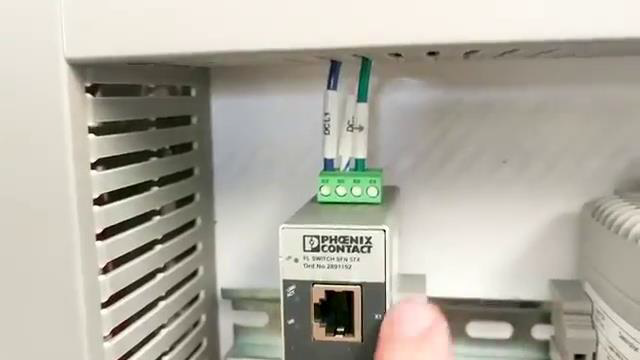

[1m:53s] No matter the amount of devices in the panel, it is essential to ensure that everything comes together in one location.
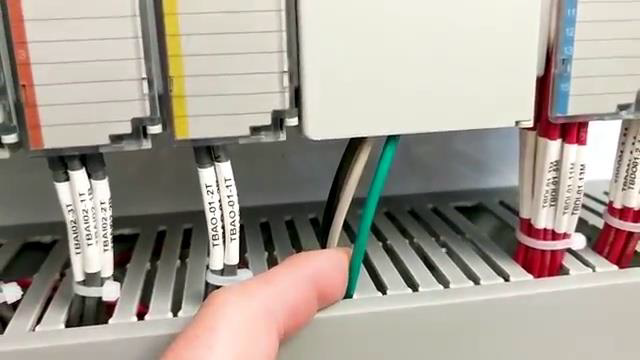
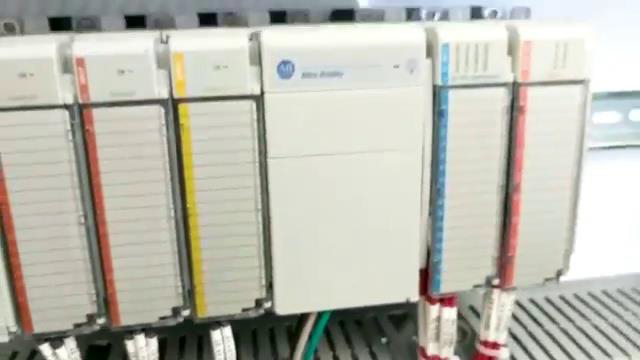
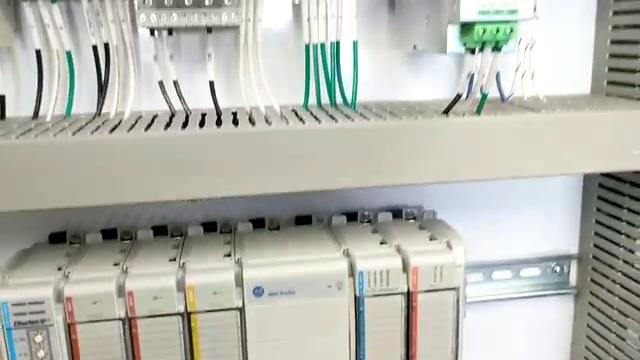
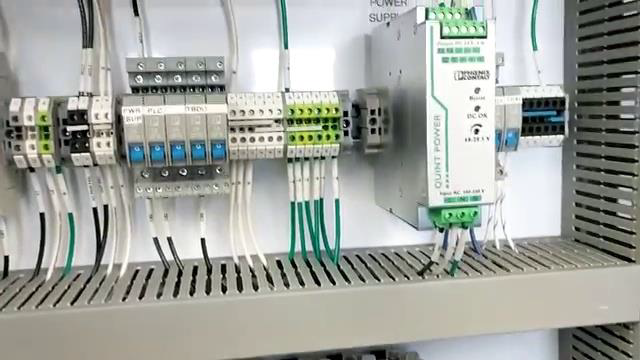
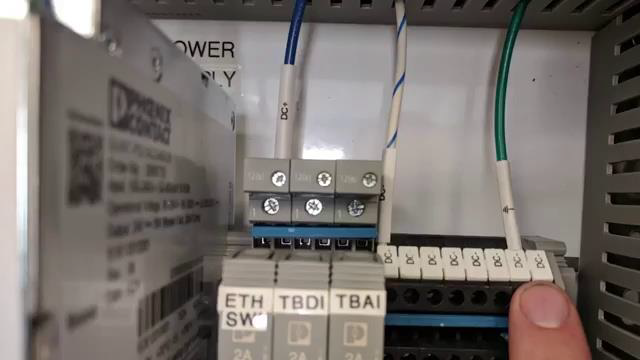
[2m:1s] This location is where the main utility power will enter the panel and is also where the main ground conductor will be brought into the panel as well.
[2m:12s] This location can also be where the enclosure is grounded to an exterior ground rod.
[2m:18s] By tying everything to a utility ground or ground rod, it allows any short circuits and surges to be dissipated out of the control panel, hopefully protecting sensitive equipment located within the panel.
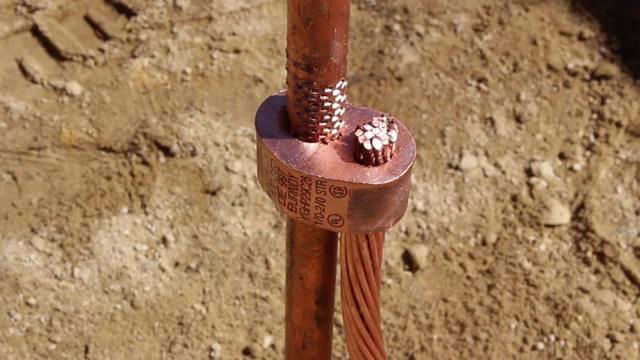
[2m:34s] It also helps in reducing any chances for creating ground loops within the enclosure.
[2m:40s] Another important factor to consider relates to analog signal grounding.
[2m:46s] Typically analog signals have shielded wire to protect the signal from noise or distortion that could potentially corrupt the signal.
[2m:56s] This shielding needs to be grounded in order to dissipate that noise.
[3m:2s] It is important to know that this shielding should only be grounded at one location along the circuit,
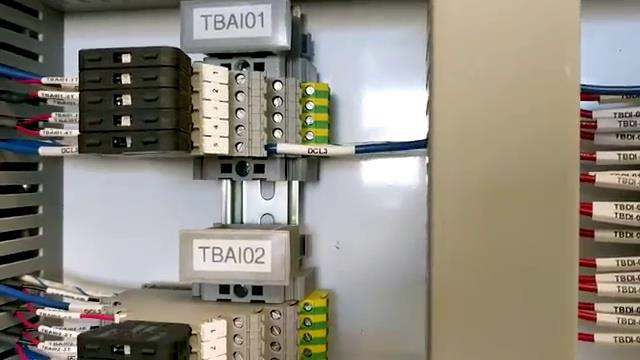
[3m:9s] typically within the control panel where the conductors are being terminated and not at the field side of the device.
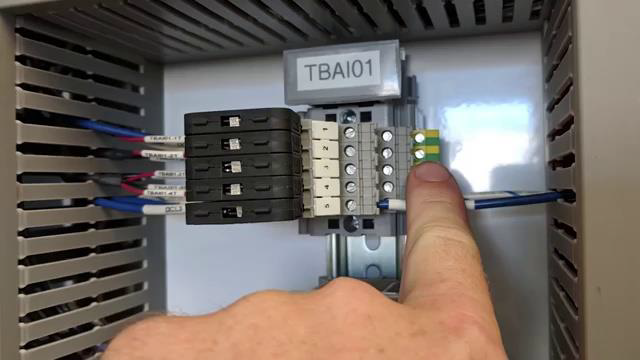
[3m:17s] If both ends of the shielding are terminated, it can create issues with the signals as well as create potential ground loops.
[3m:26s] Something else that should be considered when grounding inside of a control panel is the grounding of AC and DC circuits. In some cases, it is necessary to isolate AC ground from DC ground, but in the case of most industrial control panels, it is common to see these two types of powers share a common ground.
[3m:51s] This is done by tying the DC negative portion of the DC bus to the AC ground bus within the control panel.
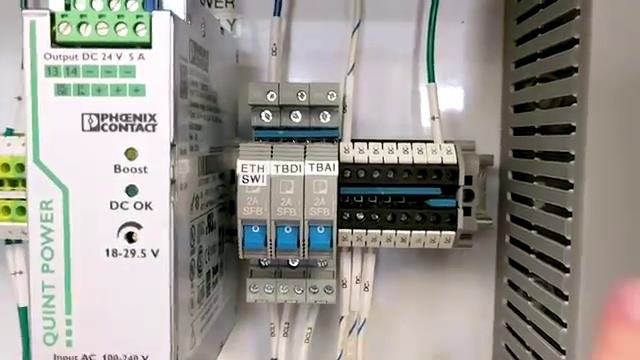
[4m:0s] This again allows everything, including all AC and DC circuits to be tied back to to one single location within the panel.
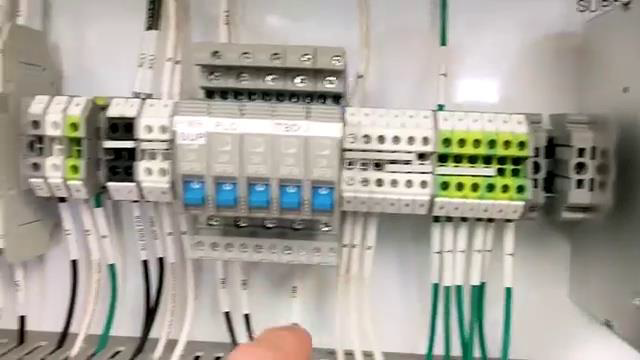
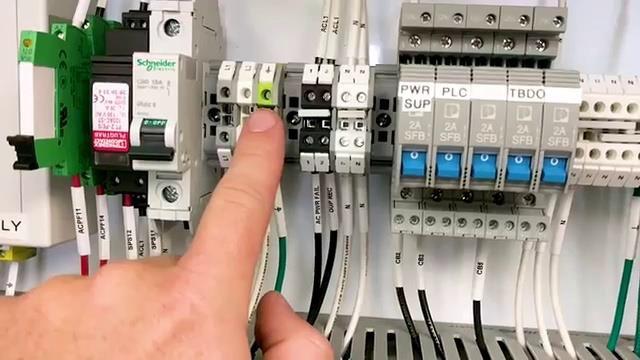
[4m:9s] Lastly, when an industrial control panel is being installed in an outdoor location or anywhere that might be exposed to the elements. It is critical to install a ground rod and ensure that that enclosure is tied to that ground rod.
[4m:26s] In the event of a lightning strike, the ground rod will allow the bulk of that energy to be dissipated directly into the ground while hopefully preserving the expensive hardware within the panel.
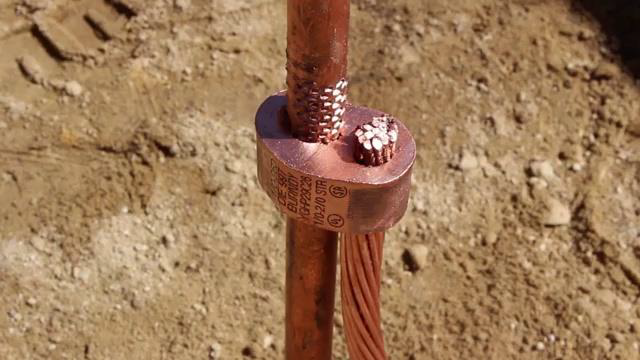
[4m:40s] It's important to remember that each situation you may encounter will be different and not all of the grounding applications we discuss today will apply to every situation.
[4m:51s] These are simply some best practices and guidelines you can use to create a control panel that will function safely and properly.
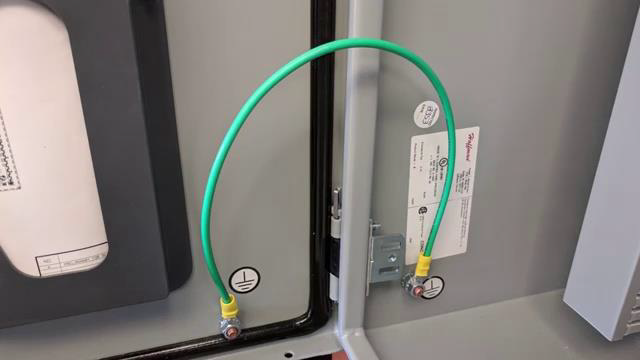
[4m:59s] For a full line of industrial control panel hardware and granting equipment as well as thousands of other products, please go to our website. For more information or other educational videos go to RSPSupply.com, the Internet's top source for industrial hardware. Also, don't forget: like and subscribe.




